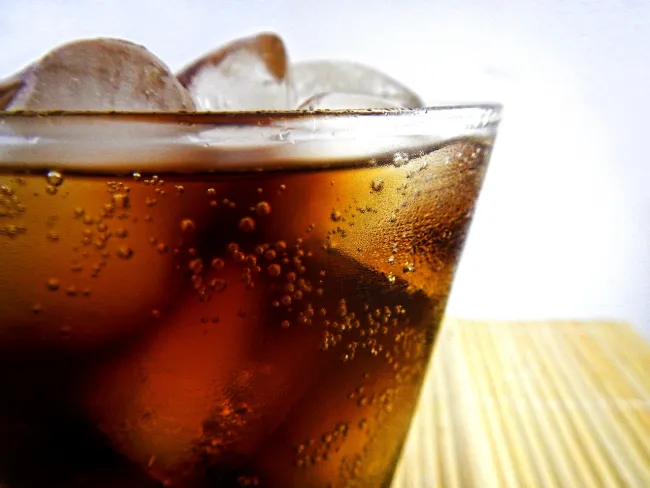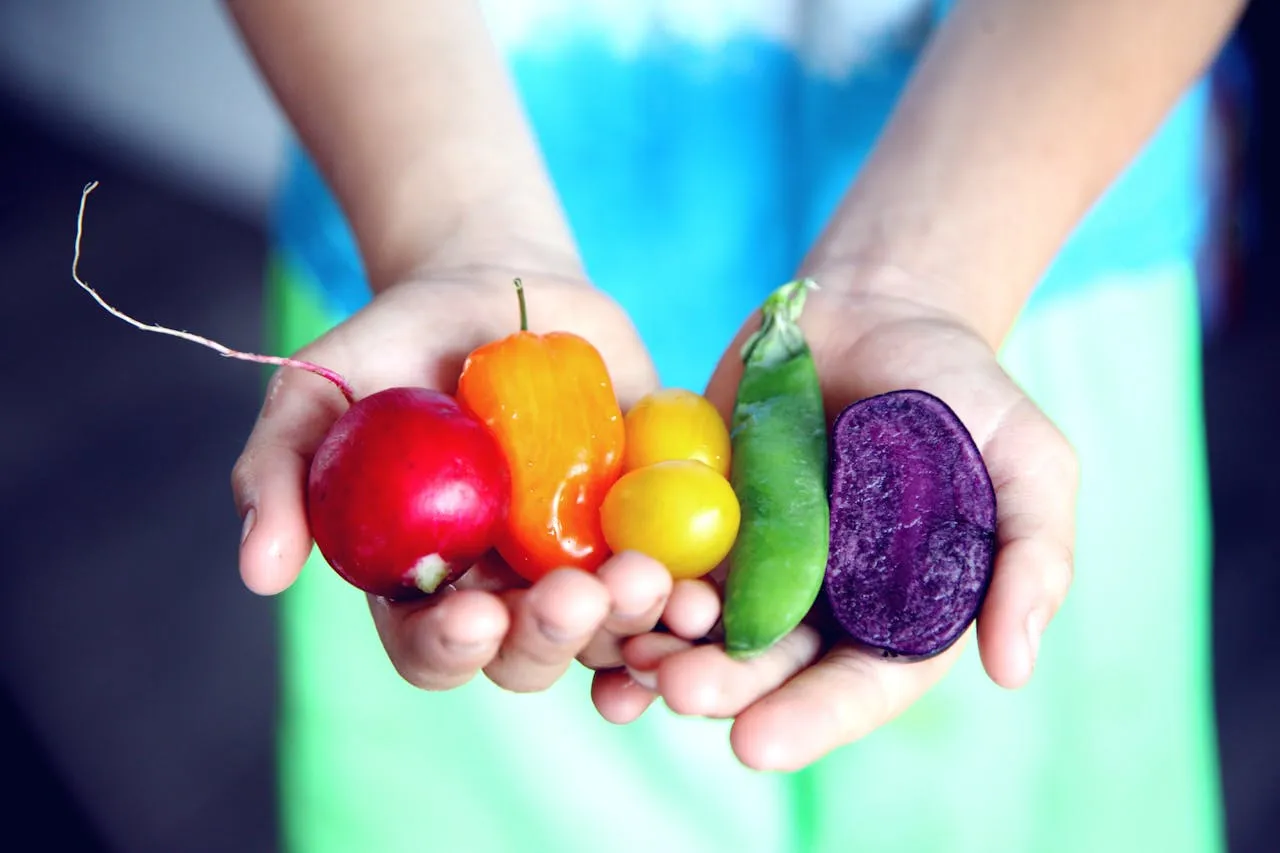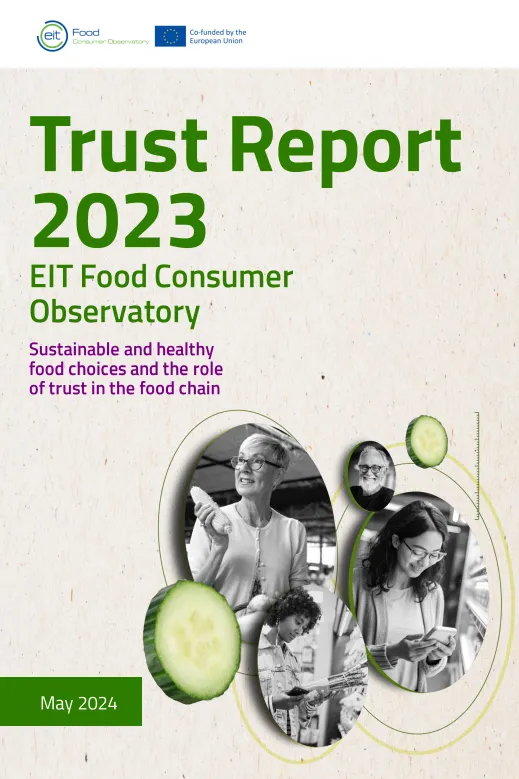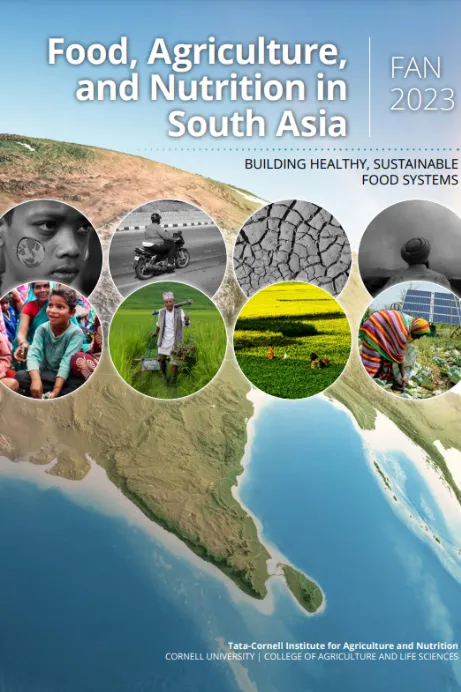This article studies the effects of a tax on sales of sugar-sweetened beverages (SSBs) and finds that it matters whether or not the tax is mentioned on the label. While a sugar tax alone had little effect on SSB sales on a university campus in San Francisco, adding the phrase “Includes SF Sugary Drink Tax” resulted in lower sales than when the tax was not mentioned.

Follow-up studies with online participants suggest that the effect may be because of consumers overestimating the amount of tax, since the labels did not specify how much of the total price was due to the tax. In one study, participants were asked to estimate how much of a drink’s price was tax; estimates were higher than the true amount of the tax ($0.12 on a 12-oz drink).
In another online study, participants were asked about their (hypothetical) purchase intentions in cases where labels show a tax but not its amount, as well as labels that show the presence of varying levels of SSB tax. The higher the apparent tax, the less likely participants were to want to buy the drink.
Abstract
Many governments have introduced sugary-drink excise taxes to reduce purchasing and consumption of such drinks; however, they do not typically stipulate how such taxes should be communicated at the point of purchase. Historical, field, and experimental data consisting of more than 225,000 purchase decisions indicated that introducing a $0.01-per-ounce sugar-sweetened beverage (SSB) tax—without making it salient on price tags—had no significant effect on purchasing (−1.26%, p = .28). However, when the phrase “includes sugary drink tax” was added to tax-inclusive price tags, SSB purchasing was lower than (a) in the pretax period (−9.78%, p < .001), (b) in a posttax period when drinks did not bear price tags (−5.04%, p < .001), and (c) in a posttax period when drinks bore tax-inclusive price tags that did not mention the tax (−3.83%, p = .002). Making the tax’s beneficiary (student programs) salient on price tags had no added effect. Two follow-up studies suggested that tax salience was effective partly because consumers overestimated the tax amount, leading to reduced purchase intentions.
Reference
Donnelly, G.E., Guge, P.M., Howell, R.T. and John, L.K., 2021. A Salient Sugar Tax Decreases Sugary-Drink Buying. Psychological Science, published online.
Read the full paper here. See also the TABLE explainer What can be done to shift eating patterns in healthier, more sustainable directions?




Comments (0)